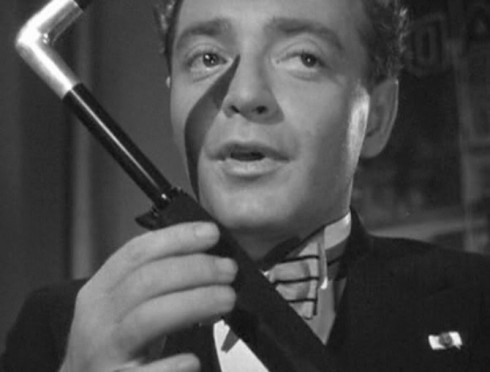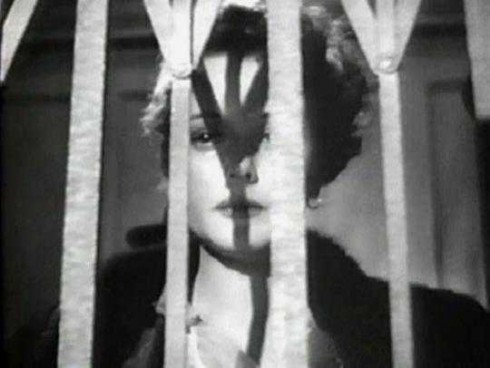Birds of a Feather

They say “write what you know”, and there’s no doubt that what Dashiell Hammett knew made for a great story.
In real life, Dashiell Hammett had been a one-time operative for Pinkerton’s Detective Agency. Brigid O’Shaughnessy was partly based on his secretary, Peggy O’Toole, and partly on a woman who once employed him to fire her housekeeper. Joel Cairo was based on a man Hammett picked up on a forgery charge in 1920, while Wilmer, the gunman, was drawn from a petty criminal who went by the nickname of “The Midget Bandit”.
– imdb
The problem is, there’s a thin line, in creative work, between gold and garbage. As an example, Huston’s take on The Maltese Falcon was actually the third film iteration.
The tenor of the 1931 film is lighter, and the pacing is looser. There is also a rather extensive use of sexually suggestive situations in this pre-Code film, notably a scene featuring Bebe Daniels nude in a bathtub and another in which she is strip-searched. From the opening scene, in which a young woman is seen straightening her stockings as she leaves Spade’s office, there are numerous suggestions of Spade’s sexual involvement with other female characters. Furthermore, the film does not shy away from the theme of homosexuality: a young and handsome Wilmer is openly called Gutman’s “boyfriend”, implying a gay relationship, and Effie facetiously describes Cairo to Spade as “gorgeous”. Spade also plays with a cop he doesn’t like by constantly referring to him as “sweetheart”, “darling” and “precious.” There is also one instance of profanity, a character mutters “son of a bitch”.
How did the studio handle the heavy-handed censors? By remaking the film, in 1936, with Bette Davis.
How could they go wrong having one of the leading actresses of her era in a role almost built for her femme fatale styling? By turning it into a comedy and renaming it Satan Met a Lady, (which, frankly, sounds like a Jerry Lewis film.)

Of course, Mary Astor, the female lead of the ’41 version, and no stranger to a little writing herself…
A legal battle drew press attention on Astor in 1936. Dr. Franklyn Thorpe divorced Astor in 1935 and a custody battle resulted over their four year old daughter, Marylyn. Thorpe threatened to use Astor’s diary in the proceedings, which told of her affairs with many celebrities, including George S. Kaufman. The diary was never formally offered as evidence during the trial, but Thorpe and his lawyers constantly referred to it, and its notoriety grew.
…did an amazing job – though, arguably, the whiff of scandal only helped reinforce her role.
In all the scenes involving Mary Astor, there’s a suggestion of prison. In one scene, she wears striped pyjamas, the furniture in the room is striped and the slivers of light coming through the Venetian blinds suggest jailcell bars. When she steps into the elevator at the end of the film, the lighting also suggests bars.
– imdb
